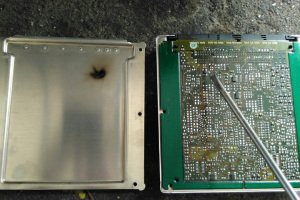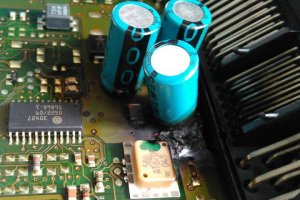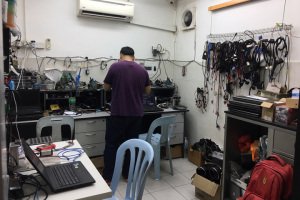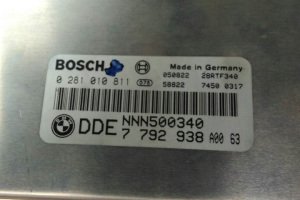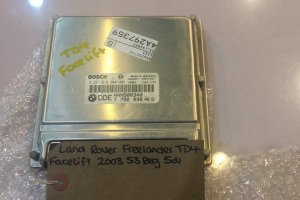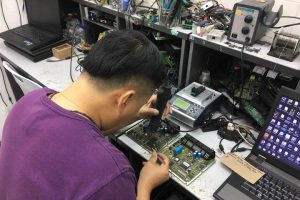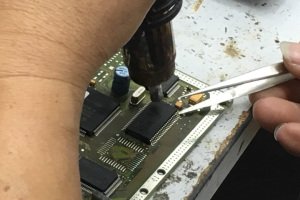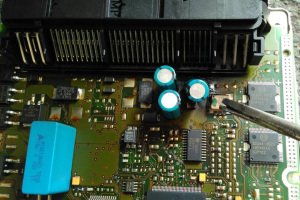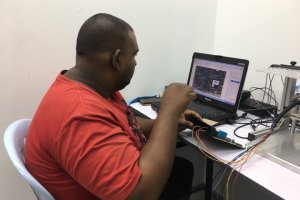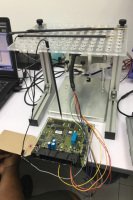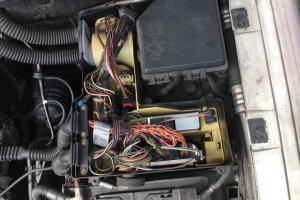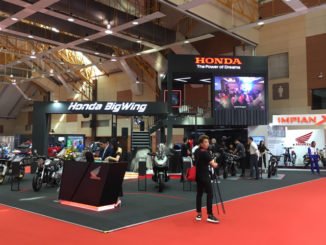
Unlike for humans, there are brain transplants for cars.
Car brain damage? It happens.
The first sign that something wasn’t right was when my Land Rover Freelander wouldn’t start. The key turned but there was silence. Was it paranoia or was there a burning smell in the cabin? Maybe it was from outside? Whatever it was, the car was not going anywhere on its own.
A tow-truck ride later, the workshop came back with the diagnosis: the ECU was burnt. How did it happen? No idea. How much would it cost to repair? And how long would it take? The answers were heart-sinking: the last time, they’d sent it to the UK. Then came the worst part, only after it got to the UK would they be able to find out if it was repairable and the cost. So the ECU could go all the way to the UK for nothing? Yes.
OK, what about replacing it? How much would it cost to buy one new or used? No idea.
Anyone in Malaysia who does it? Don’t know
Also, getting another ECU was not as simple as finding one. One had to get the right ECU or there would be compatibility issues that could mean different keys for the ignition and the doors, certain features like the immobiliser not operating correctly or an otherwise functioning ECU that just wouldn’t work. How did one ensure it was the absolutely correct ECU? Didn’t know except it wasn’t just down to buying the ECU for a Land Rover Freelander TD4 – there were specific numbers involved. Confused? I was.
At a loss, I decided to phone a friend but they didn’t know anything about ECUs.
With so many half-formed questions swirling around in my skull that I was no longer able to articulate a complete sentence, I decided to take the ECU, go home to think about the next steps to take. The sharp, dry smell emanating from the ECU was alarming but I was reassured that it was perfectly safe to handle.
Once the brain smog had cleared, the plan was simple: see if it was repairable and if not, look for one. Where I’d find one, I had no idea but I’d cross that bridge when all avenues to fix the ECU had been exhausted.
I placed my faith in Google and began to look for ECU repairers. There surely had to be ECU repairers in Malaysia. Playing it safe, I also contacted a few in the UK with photos but they had the same response, they couldn’t tell until they’d examined the ECU. The second person in Malaysia I called, Steven in Shah Alam, was able to see me the following day.
The verdict was simple: it was dead. One of the capacitors had leaked and the acid had eaten its way through several layers of the circuit board. There was even a burn mark on the metal casing. There was no option but to replace the ECU. I was at the dreaded bridge: how to buy the right ECU that would work with my car? Would I find one in Malaysia?
One of the UK companies had an option where if they couldn’t fix your ECU, they’d transfer the data to a new one so new/separate keys would not be required. But that would mean sending the ECU to the UK and a lot of back and forths if the replacement ECU didn’t work. Courier costs? Unmentionable. Meantime I would remain car-less.
Steven said he’d look around for an ECU for me but he didn’t hold out much hope of finding one. Even though it was a Bosch ECU for a BMW diesel engine (from BMW’s very brief ownership of Land Rover), the engine was an earlier generation from the ones installed in the 320d model sold here. He did however show me how to determine if the ECU was the right one for my car, circling the key numbers on the ECU casing that I had to look for, with the tip to look online, in particular, eBay UK.
A week later, the new (used) ECU was on the way. I’d found it on eBay UK for RM230 (£44) including shipping. It had been an incredibly fortunate find – other sellers were asking £40 for theirs with another £20 for shipping. I only hoped it would work when it arrived. If it didn’t, I would have to crawl under a lot of sofas to find RM3500 for a unit I had been offered here in Malaysia.
Once the ECU arrived, I had to find someone to do some sort of tech-wizardry to get the replacement ECU to work. Apparently, it wasn’t just a case of plugging in the new unit because there was coding specific to my car and that had to be matched. Steven couldn’t help me there. Another round on Google found me Mr Ricky of Auto ECU who was very confident of being able to get the ECU to work seamlessly, “‘plug-and-play, don’t worry, just bring the two ECUs over, we can do it,'” he said.
Mr Ricky smiled a lot, which was oddly not reassuring. He handed the units to one of his technicians with instructions then vanished. The technician checked the new unit worked then opened up both units. Another quick examination then a heat gun was fired up and two chips in the old unit and two chips in the new unit were un-soldered out. The chips from the old units were transferred into the replacement unit and soldered securely into place. The “fixed” ECU was then hooked up to a computer that ran a programme to ensure everything that was supposed to be lit up was lighting up on the screen.
Three hours later, my wallet RM800 lighter, the replacement ECU was on its way to the workshop. The connectors were plugged into their respective sockets, the key in the ignition was turned, my Freelander sprang back to life and everything worked as before. Plug-and-play, as Mr Ricky promised.

